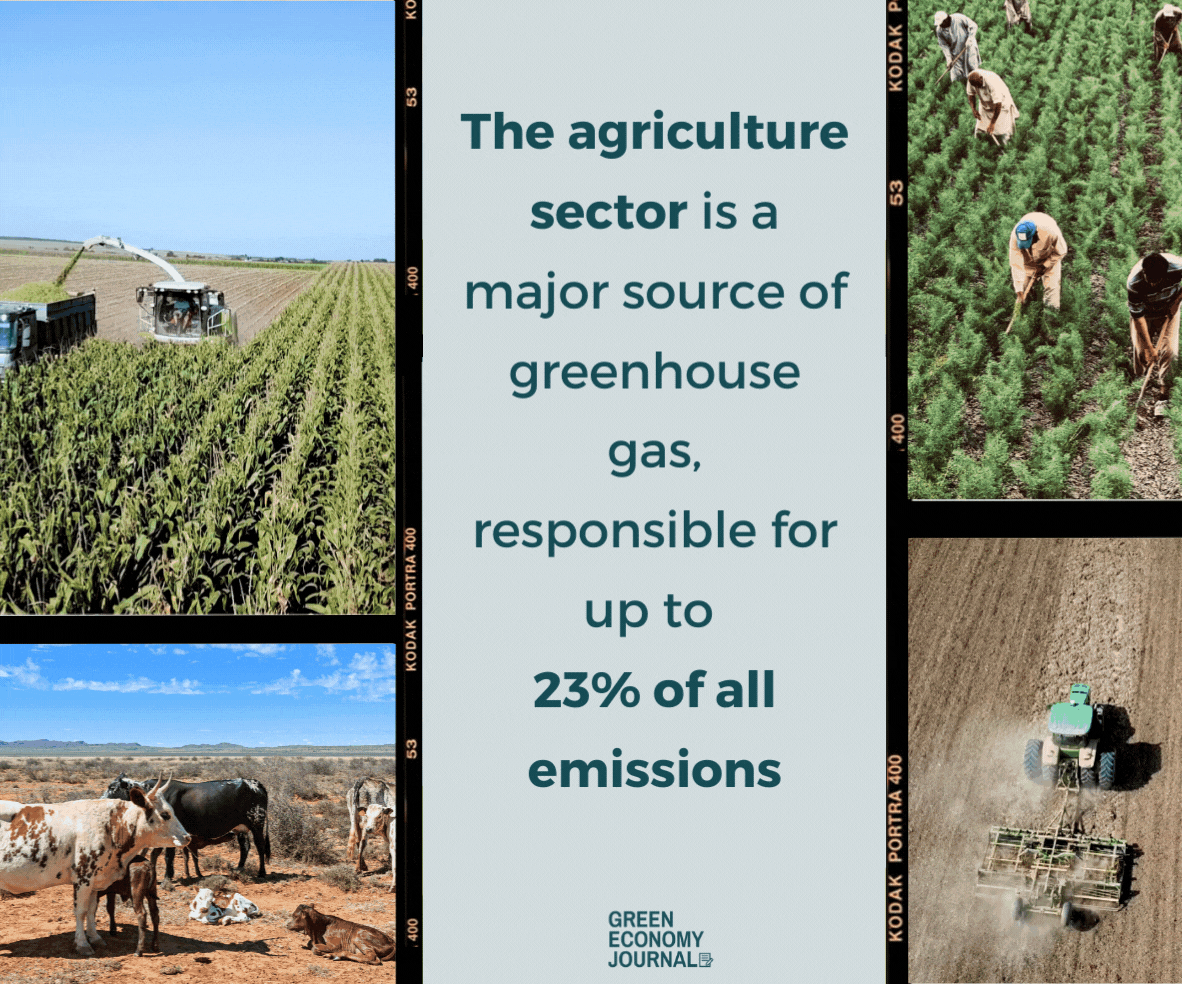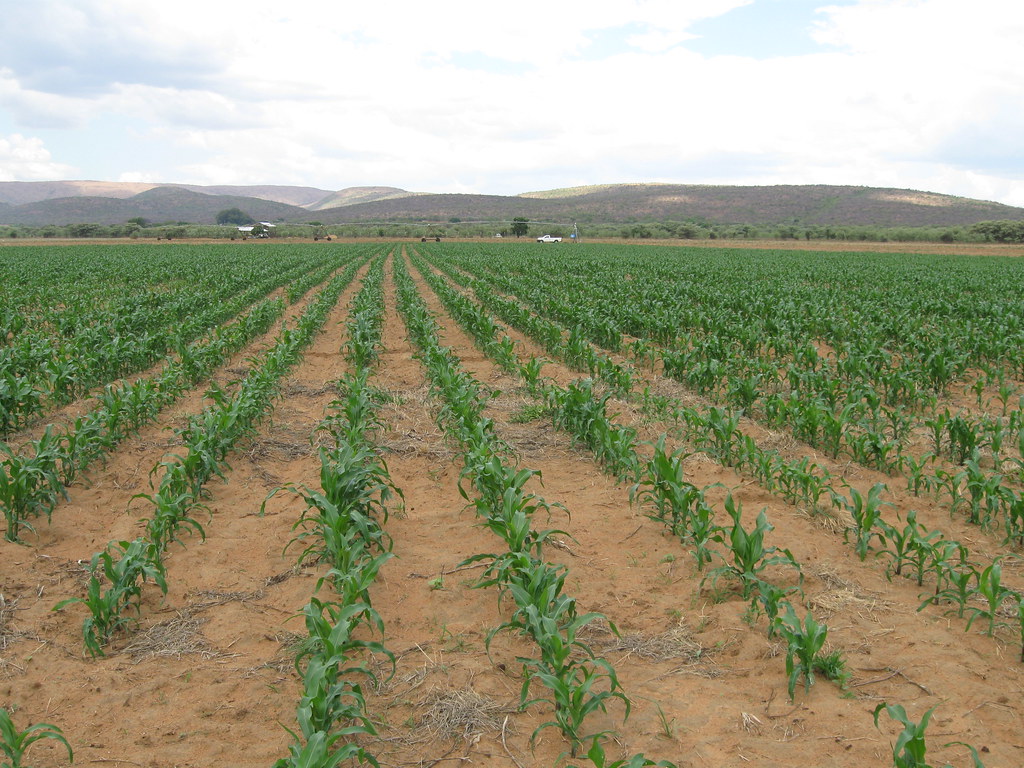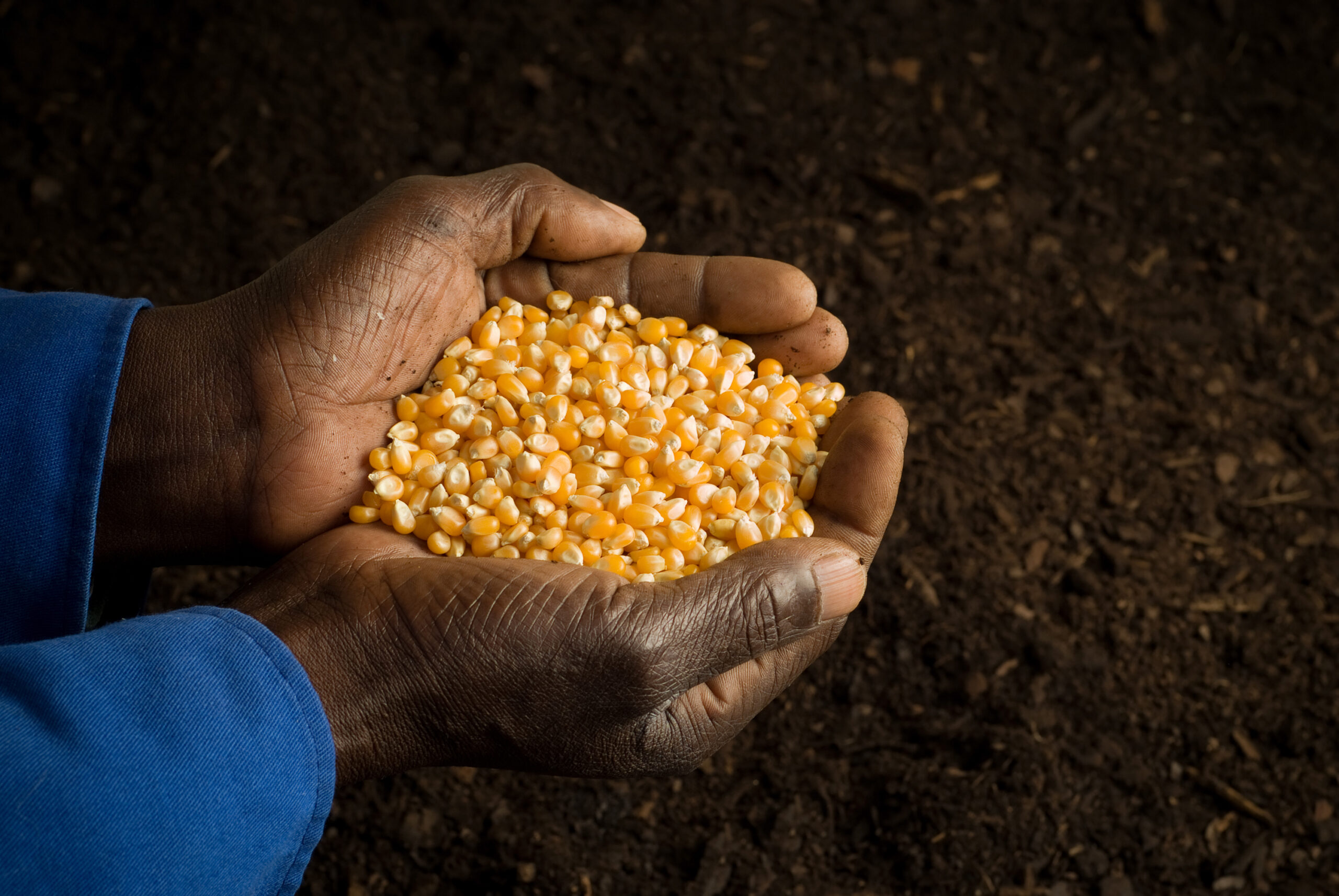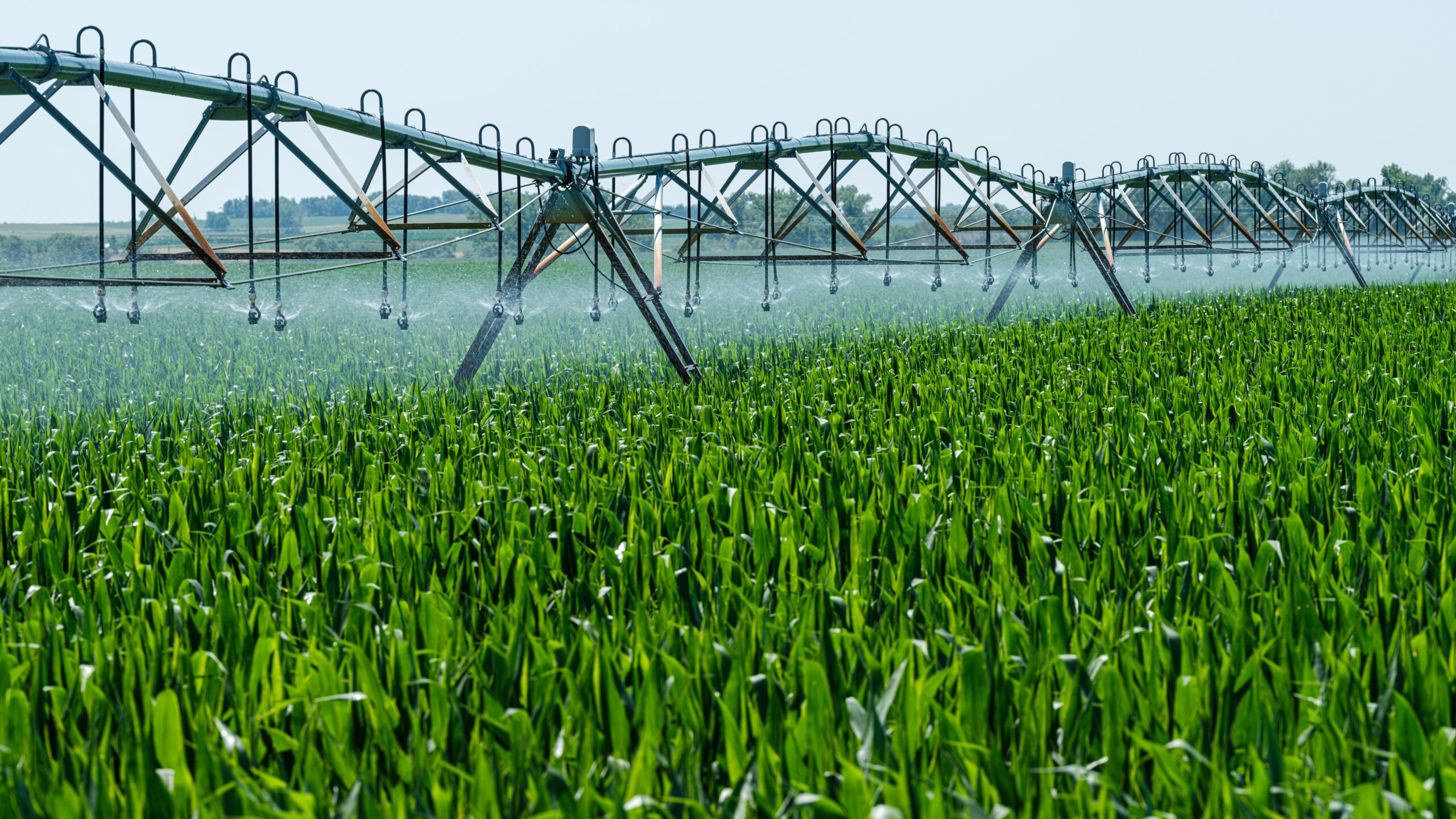Climate change’s impact on agriculture and food prices
Agriculture is both a victim and culprit of climate change. The sector is a major source of greenhouse gas (GHG), responsible for up to 23 per cent of all emissions, including land-use changes. Methane and nitrous oxide comprise a uniquely large share of agricultural emissions.
Agriculture is also acutely vulnerable to the effects of climate change. Our planet is experiencing soaring temperatures, shifting precipitation patterns and more extreme weather events. The frequency and intensity of disasters, such as floods, droughts, heatwaves and megafires, are all increasing. This volatile climate is having a devastating effect on food security, health and livelihoods.
In South Africa, temperatures are rising faster than the worldwide average. As a result, the region is highly vulnerable to the effects of climate change. However, the consequences are not equally felt. Both immediate and long-term impacts predominantly affect the livelihoods of poor and vulnerable communities. Scientists predict severe and far-reaching repercussions if mitigating action is not taken.

How climate change affects agriculture
The most important climate change risk to agriculture is increased temperature, affecting rainfall and seasonal patterns. It affects the physical and phenological growth of plants. The latter is the development phase that requires certain thresholds of sunlight, heat and moisture. While increased carbon can sometimes favour crop growth, the predicted extreme climate conditions would negatively affect yields overall.
Climate change also degrades land, making the soil less productive. The resulting loss of soil nutrients and organic matter negatively affects crop yields. Climatic factors also affect the incidence of pests and diseases, as well as water and fertiliser requirements. Furthermore, increasing saltwater intrusions caused by accelerating rises in sea levels can permanently flood and damage cropland.
Agricultural production in South Africa
South Africa has a thriving and diverse agricultural sector, compromising both commercial and subsistence farms. But drought is driving agricultural production loss in the country. South Africa’s droughts are resulting in desertification, rivers drying out, livestock losses and decreasing agricultural production. South Africa’s most valued crops are maize, which is exported, and wheat, where crops are already insufficient to provide for the country’s needs. Fresh fruit and wine are also important export products. All of these are under threat as a result of climate change.

Climate shocks, food prices and human health
Changes in the production of major crops strongly influence food prices. Climate-induced extreme weather events or disasters, such as droughts, can cause food production shortages. Consequentially, these events can lead to price spikes and food insecurity.
Food security means sufficient supplies, as well as accessibility, affordability, nutrition and stability over time. Large-scale droughts can have cascading impacts on all these elements. When prices spike during low-yield years, food can become too expensive for many, pushing poor households into food insecurity.
In 2007, a severe drought in both Lesotho and South Africa triggered a dramatic drop in crop yields and a steep spike in food prices. A study found that human-caused climate change exacerbated both the drought and its consequential effects on food security.
While South Africa is food secure at the national level, it is still food insecure at the household level. In 2017, almost 20 per cent of South African households had inadequate access to food. This included more than half a million households with children aged five years and under who experienced hunger. Studies have found adverse health effects associated with drought-induced food insecurity in South Africa, including chronic undernutrition and child stunting.
Without action, the risk of food shocks and price rises will continue to threaten economic stability and livelihoods. Today, global food prices are at an all-time high.

Achieving food security in an unstable world
The most effective way of mitigating the worst effects of climate change on agriculture is the rapid reduction in greenhouse gas emissions (GHG) at a global level. Reaching net zero by 2050, along with rapid short-term emission reductions, can be achieved by replacing fossil fuels with efficient, renewable technologies, as well as better management of land and nature. As a significant contributor to emissions as well as a vast user of land, the agricultural sector has a key part to play.
At a national level, South Africa must understand the risks and the vulnerability of various crops to climatic changes, build resilience from the adverse impacts and deploy adaptive strategies to protect its food security and prices. For example, sustainable agricultural practices can protect and restore carbon in the soil, improve crop yields and slow climate change.
As climate extremes are often felt hardest by subsistence farmers, there is a need to prioritise adaptation strategies for those most vulnerable groups. This could include affordable crop insurance, improved drought forecasting to inform planting strategies or support to produce more drought-tolerant crops. Funding to educate farmers on increasing environmental changes and their effects on food production should be prioritised, as well as maintaining farmlands during harsh climate conditions.
Humans have been vulnerable to food insecurity throughout history, but climate change is now bringing unprecedented challenges to the agricultural sector. Ensuring food security and nutrition is one of the most challenging issues we face. Policies, markets, institutions and government must create pathways to adaptation throughout the food system, and measures must support farmers’ agricultural production to ensure a safer, food secure future.
Related Articles
Climate change, hunger and South Africa’s future
A new climate change impact synthesis report highlights the effects of climate change on South Africa and its impact on people’s lives.
Advancing agriculture through green energy
If it were not for the ingenuity of South African farmers who make alternative green energy plans, the entire agricultural sector would be under much more pressure.




